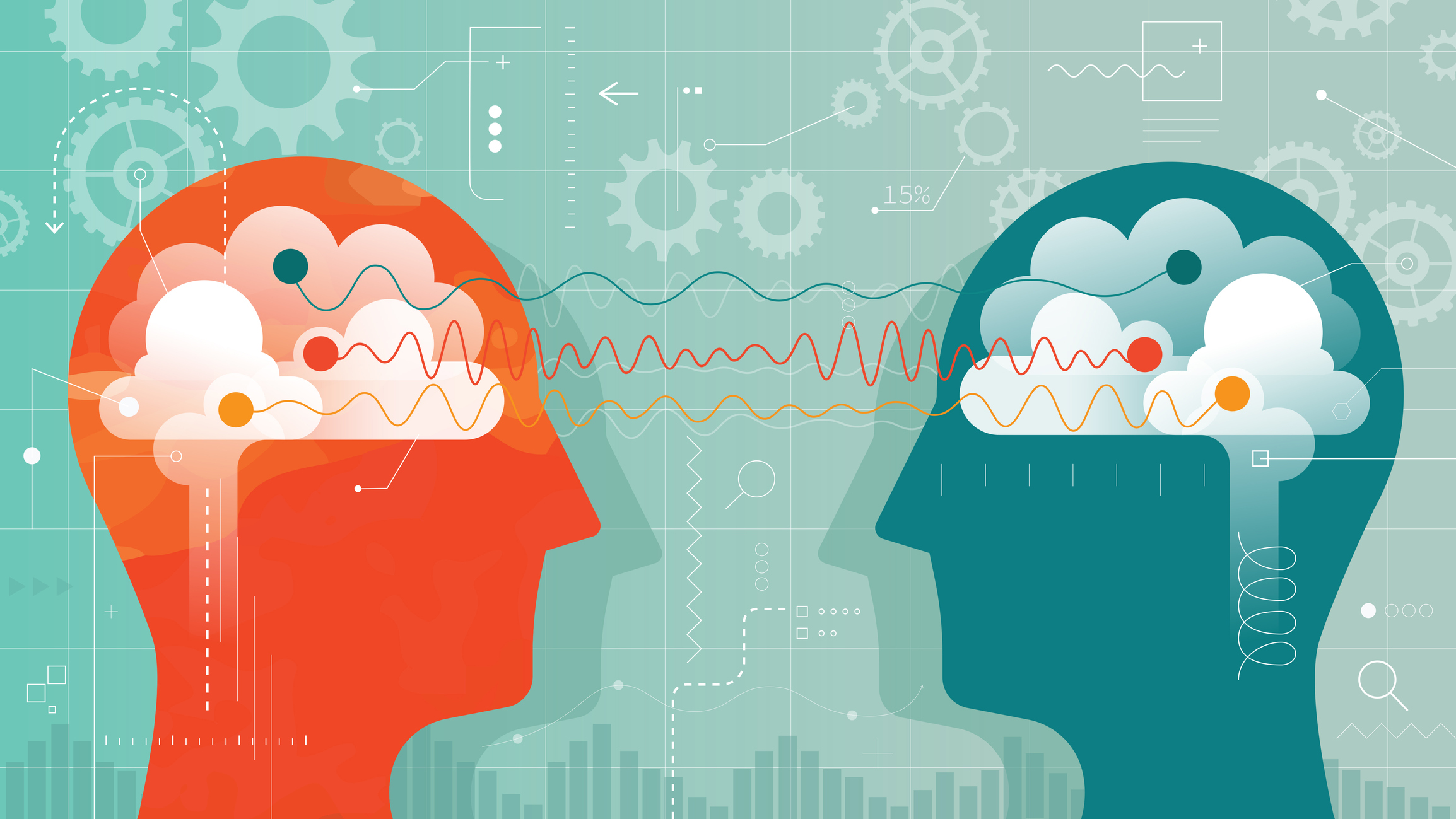In our fast-paced world, it’s essential to comprehend how our brains function, especially during times of stress and trauma. This understanding not only helps us navigate our own experiences but also enables us to connect with and support others effectively. Bruce Perry, a renowned physician and author, has provided valuable insights into this through his Neurosequential Model of Therapeutics (NMT). In this article, we will delve into the three fundamental brain states outlined in the NMT model and explore how comprehending and addressing these states can enhance interpersonal communication and support individuals, particularly children, during critical moments.
The Three Brain States
1. The Need for Regulation
At the core of our brain’s functioning lies the need for regulation. When we are well-regulated, we are better equipped to manage life’s challenges. However, when this basic need is not met, we enter a survival mode characterized by flight or freeze responses. In this state, our focus narrows to immediate survival, making it challenging to engage in anything else. To help individuals in this state, consider the following:
- Play, movement, or music can aid in regulation.
- Providing nourishment and rest.
- Creating a peaceful, quiet environment.
2. The Need for Connection
Once an individual is regulated, the next essential step is helping them feel connected to the world and to others. Isolation often leads to adverse outcomes. In this state, they must know they are not alone. To foster this connection:
- Use body language, tone of voice, empathy, and compassion.
- Choose words and actions that reinforce the sense of belonging.
3. The Reasoning Brain State
The ultimate goal is to guide individuals into the reasoning brain state, where they can think, learn, plan, and self-regulate effectively. This is the state where we want people to spend the majority of their lives. To achieve this:
- Utilize your communication skills, including body language, tone, and empathy.
- Create a safe and supportive environment.
Tailoring Support to Brain States
Understanding an individual’s current brain state is crucial for providing effective support. Tailor your approach based on their needs:
- For those needing regulation, focus on providing the necessary stimuli or environments to help them feel safe and stable.
- Once an individual is well-regulated, shift your efforts towards fostering a sense of connection and belonging.
- Only when they feel safe and connected can you engage with their reasoning brain state effectively.
Conclusion
Comprehending and addressing these three fundamental brain states—regulation, connection, and reasoning—is essential for successful interpersonal communication. Remember that behaviour often communicates an individual’s brain state. By recognizing and responding to these states appropriately, whether in adults or children, we can provide the necessary support during critical moments. As we navigate the challenges of our daily lives, let us keep in mind the power of understanding and connecting with the brains of those around us, offering them the gift of success and well-being.








